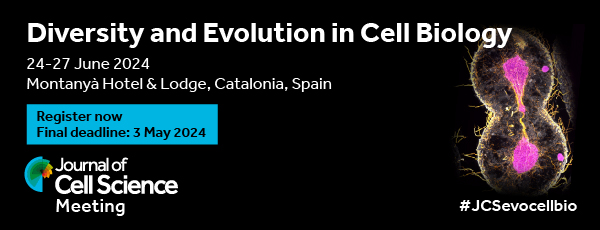
Nuclear pore complexes (NPCs) are large multiprotein structures that facilitate the nucleocytoplasmic transport of proteins and RNA. NPCs are composed of nucleoporins, the largest of which, Nup358, regulates axon specification in developing neurons. Now, Paolo Macchi and colleagues (Khalaf et al., 2019) study the function of Nup358 in mature neurons. They show that Nup358 localises not only to the nuclear perimeter, but also to the soma and the axon initial segment (AIS), a specialised structure that is important to maintain neuronal polarity and produce action potentials. AIS localisation of Nup358 is dependent on ankyrin-G, an AIS scaffold protein. Surprisingly, neuronal Nup358 exists as two different isoforms, whose expression is differentially regulated during neuronal development. Moreover, the authors show that the shorter Nup358 isoform preferentially localises to the cytoplasm, whereas full-length Nup358 associates with NPCs. Indeed, they demonstrate that an N-terminal fragment of Nup358 is sufficient for Nup358 localisation to the AIS. To assess the effect of neuronal stimulation on Nup358, the authors subject neurons to pharmacological treatments and potassium chloride. They find that Nup358 expression decreases when neurons are excited, although Nup358 localisation to the AIS remains unchanged upon drug treatment. Collectively, these results identify Nup358 as a novel component of the AIS that could potentially fulfil critical roles in neuronal function.








